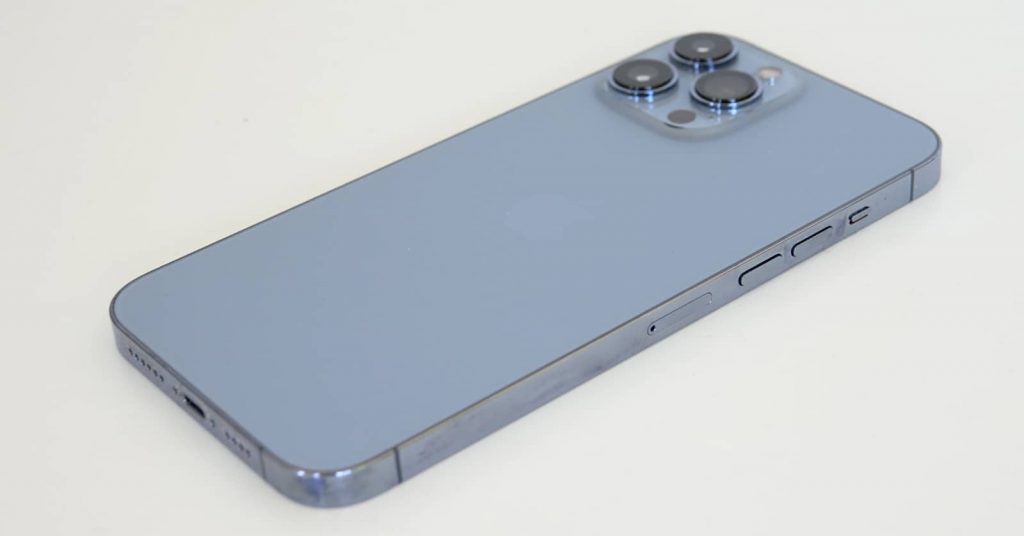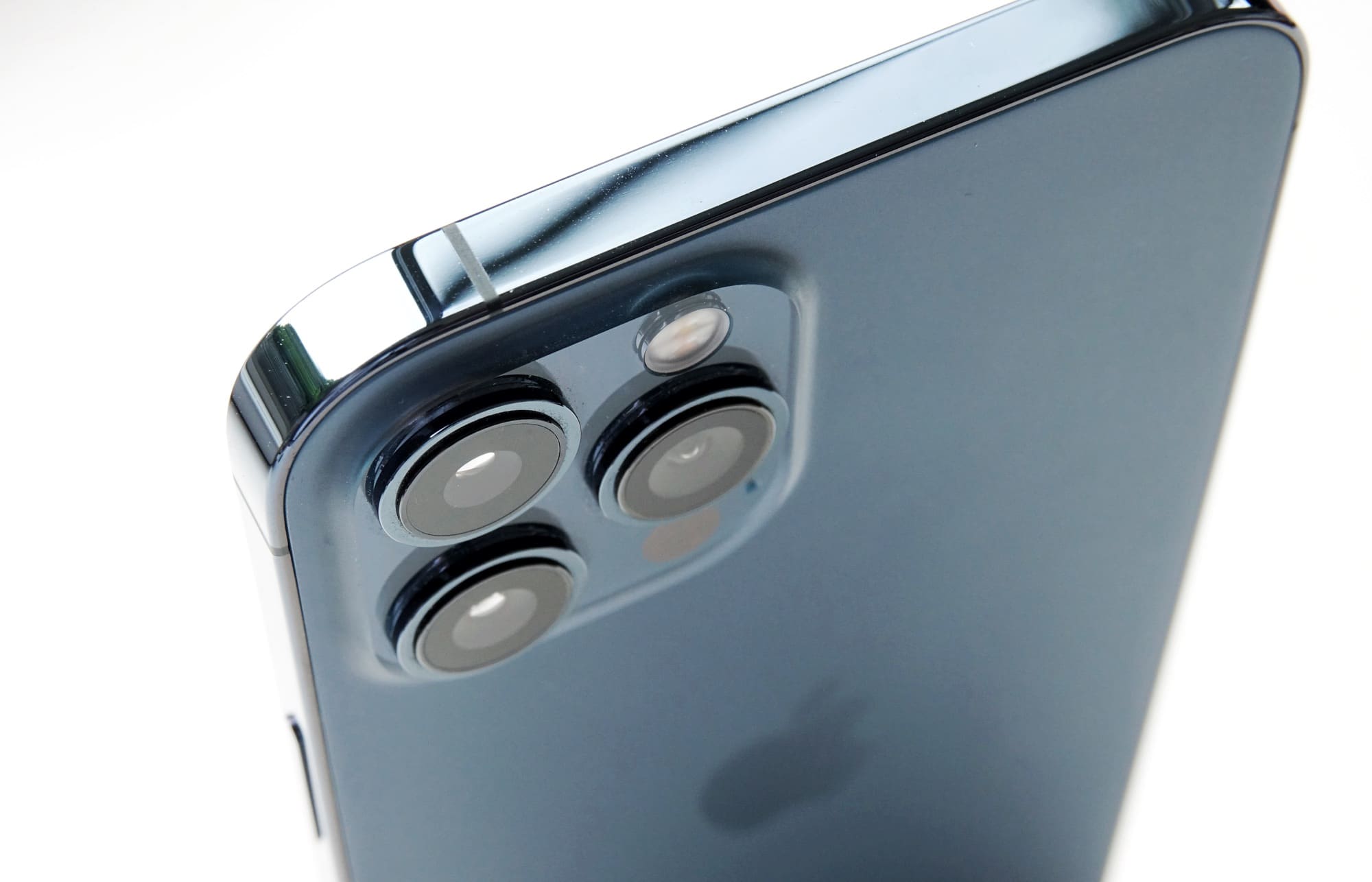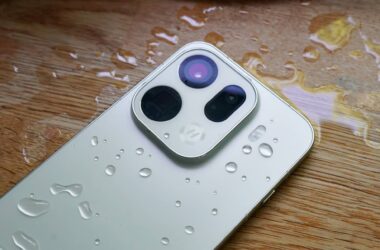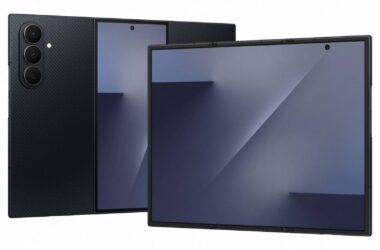If you’re planning to spend a night on the town where fireworks will light up the sky, taking a picture is likely on the horizon. So how do you get the best from your phone to do just that?
A new year’s night means fireworks are likely going to light up the night sky, and that can be exciting for owners of a phone keen to get the best shot possible.
It’ll be a different shot depending on where you are and what phone you have, but even with the differences, there are some tips this old photographer can share that work not just with bigger cameras, but also the little ones found in your phones, too.
Set up the shot beforehand
One of the most important aspects of any great fireworks shot is knowing what the shot will look like. Are you planning to capture the sky? Do you want to capture a scene of the city with the fireworks behind it? How about a shot with you in it and the fireworks behind you?
The good thing about a fireworks display is it tends to go on for a while, with New Year’s fireworks in Sydney running for roughly 12 minutes. That’s a good stretch of time if you’re not happy with a shot or two, giving you plenty of time to regroup and get the photo you really want, provided you’re in the right place.
But be sure to set the shot up, either in person or in your mind. Knowing what you want will give you a firm idea of what you want to capture, whether it’s a selfie with the fireworks in the background, or just a wide angle shot of the sky and everything happening throughout.
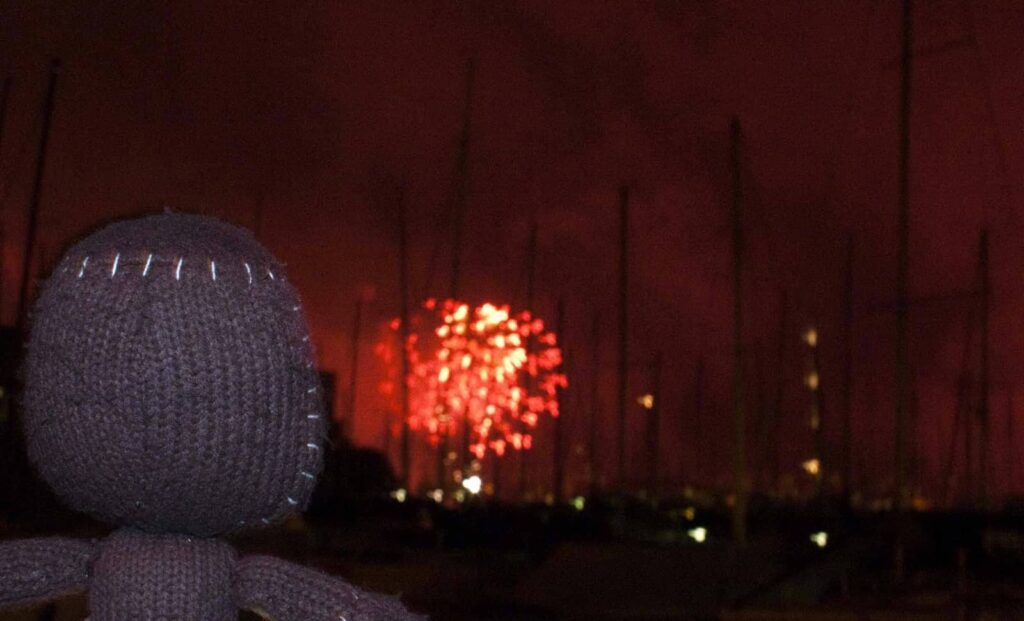
Let the camera’s metering do the work
The good news is that provided you have a phone from the past five years, you should be able to get a decent shot of a night sky lit up by fireworks without doing too much work.
Whether you’re capturing a selfie of you and mates in front of the fireworks behind you, or just a shot of the fireworks hanging in the sky, recent phones should have little problem metering for the light provided the fireworks are happening.
All modern cameras have a technology called a “light meter”, and this does exactly what you’d expect from its name, measuring the light and exposure, which in turn tweaks the settings in the camera to give you the best shot in an automatic capacity. Some camera apps will let you override this, but most phone camera apps are an automatic experience, and so this happens without you thinking.
That’s great news, because it means you don’t really need to do anything. Leave a phone camera app on auto, wait for the fireworks to light up the sky, and you’ll be good to go.
Turn yourself into a tripod
While your phone camera will very likely do a decent job of metering for the random flashes of colour and light in the sky, one thing it mightn’t always account for is the stray bits of darkness.
Fire a shot too late and the dark sky will make the phone camera slow down a little, either running a slower shot where more light comes in, or taking several shots and blending the difference, a technique known as “bracketing”. In either case, any extra movement from your body will come up as motion blur, and that’s not something you’ll probably want.
Fortunately, there’s a way to remedy some of this: turning yourself into a tripod, and providing some extra stability while you’re out and about.
There are two ways to do this, though they might make you look a little strange.
The easiest way is to hug something stuck in the ground, like a tree or telephone pole, or maybe a column. Lean against that fixture in the earth and you’ll have a little more stability than you otherwise would without.
Another way is to pull your arms in tight so they’re pressed against your body, right against your ribs, and to hold your breath for the shot. It’s a technique photographers have been using since the days of the single-lens reflex — cameras with a lens — and still useful in parts today.
Granted, digital cameras have a lot more range at night than many film cameras did, and the light from a fireworks scene should be bright enough that you may not need this approach. However, if the shot is coming out too dark and you’re getting more blur than you’d like, consider turning yourself into a human tripod to get some of the sharpness back.
Steer clear of zoom
Regardless of the shot you take, you should steer clear of zoom. The closer you get to the fireworks, the more likely you’re going to have to deal with a slower lens with less light control, and the results mightn’t be as sharp. Furthermore, closer lenses are often more difficult to control, as you’ll have a closer scene, but that mightn’t actually give you the most control, making it harder to nail a composition.
Samsung’s “Space Zoom” is an awkward example of this problem. In theory, the technology gets you closer to a subject. In practice, Space Zoom’s results are super pixelated due to the digital zoom, and controlling the composition using your hands is next to impossible due to how close the scene is. Controlling long lenses is difficult enough without a tripod, but doing it on a phone isn’t any easier.
If you do have a recent phone with a decent distance to zoom in, including Samsung’s Galaxy S22 Ultra, consider switching to the full megapixel amount of the sensor. On that phone, there’s a good 108 megapixels to work with, while Apple’s iPhone 14 Pro and 14 Pro Max both offer a 48 megapixel sensor if you choose to work with it.
Capturing at the largest resolution will give you a bigger image to work with, and means if you do want to crop down the scene, you’ll have more pixels to play with from the initial shot, not just some bigger pixels from a version of “zoom”.
Fire without thinking by squeezing the volume button
When the fireworks kick off, don’t be afraid to fire using your phone’s physical trigger for taking photos. Sure, a phone isn’t like a real camera, and doesn’t come with a real shutter you can squeeze, but it does have the next best thing: a volume key.
On pretty much every phone and camera app, the volume key is the recognised trigger for firing a shot on a phone. If you’ve ever wondered how a selfie stick works to fire a photo, they use the volume system on your device to work, whether they plug in using a cord or are set up wirelessly using a Bluetooth.
The volume key is your way to trigger a phone’s camera without having to touch the screen, and when you’re out in the moment aiming the camera, it can make for a more comfortable grip holding the edges of the phone and squeezing the volume button without having to reach for the on-screen circle you normally use.
We use the volume button all the time to fire shots, even outside of fireworks photography, largely because it gives us a little more stability, and means we can fire the phone’s rear camera without having to see the screen in the first place.
It’s such a solid tip, we’ve recommended it for fireworks photography before.
Take lots of shots (because the film never runs out)
And remember to take plenty of photos, because unlike a film camera, you’re not exactly going to run out of space easily. You might later, but remember you can always delete images after you’ve captured them.
However, you can’t go back and ask the people running the fireworks to just do it again, so capture plenty and delete the bad ones later.




